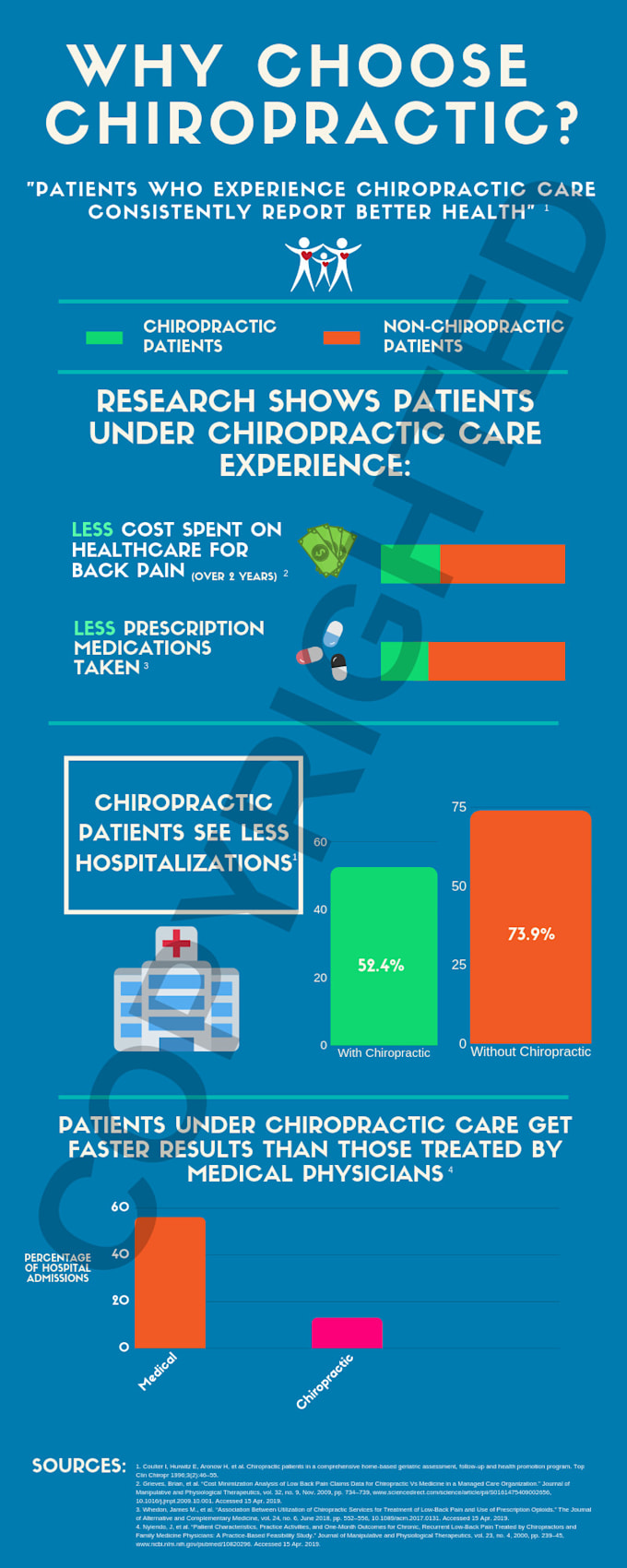The Partnership Between Neck And Back Pain And Your Wellness: Common Conditions And Their Signs
The Partnership Between Neck And Back Pain And Your Wellness: Common Conditions And Their Signs
Blog Article
Write-Up Composed By-Martensen Jensen
If you're experiencing pain in the back, your body might be attempting to tell you something more than just pain. The way your back really feels can supply important ideas regarding your general well-being. Understanding pain medication for back pain of pain you're feeling and any kind of accompanying signs and symptoms is crucial to deciphering the enigma behind your pain. Let's discover the typical problems and symptoms related to different types of pain in the back to clarify what your body might be signaling.
Kinds Of Back Pain
When it pertains to back pain, there are numerous types that you may experience. One usual type is muscular tissue pain, commonly caused by overuse, strain, or injury to the muscles and tendons supporting the back. This kind of discomfort can range from mild pain to serious and debilitating discomfort.
Another kind is nerve discomfort, which can result from problems like herniated discs or sciatic nerve pain. Nerve pain often presents as a sharp, shooting sensation that emits down the leg.
Joint pain in the back can originate from problems like arthritis or sacroiliac joint dysfunction. This sort of discomfort is commonly felt in the lower back and can be intensified by specific activities.
Furthermore, pain in the back can be related to structural problems such as spinal constriction or vertebral fractures. Comprehending the kind of back pain you're experiencing is critical in identifying the ideal therapy and monitoring strategies.
Common Effects to Watch For
Moving beyond the different sorts of neck and back pain, it is necessary to identify the usual symptoms that can signify underlying issues.
https://chiropractorratingsnearme52849.thelateblog.com/32644347/uncover-the-secrets-behind-neck-pain-and-just-how-recognizing-cervical-back-anatomy-can-help-you-discover-relief in the back that aggravates with movement or in the evening might show a more serious issue. Tingling or tingling in the legs or feet, specifically when accompanied by weak point, might point to a nerve-related concern. If you experience unexpected weight management in addition to pain in the back, maybe an indication of a more systemic problem.
Pay attention to any type of changes in bladder or bowel function, as this could be linked to spine compression. Fever, chills, or evening sweats together with pain in the back might signal an infection. Keep why does my lower back hurt all of a sudden out for pain that radiates down one or both legs, potentially indicative of sciatica.
Health Conditions Linked to Pain In The Back
If you struggle with back pain, it's critical to understand the prospective wellness conditions connected to this pain. Pain in the back can be a signs and symptom of numerous underlying problems, including muscle mass stress, herniated discs, osteo arthritis, spine stenosis, and even problems like kidney stones or infections.
Muscle mass pressures are common and frequently result from lifting hefty things or sudden activities.
Herniated discs happen when the soft tissue in between vertebrae protrudes, causing nerve irritation.
Osteo arthritis, a degenerative joint illness, can lead to neck and back pain as cartilage material wears down.
Back constriction, the narrowing of the spine canal, can tax nerves.
Kidney rocks might cause intense neck and back pain if they relocate into the urinary tract.
Infections like spine osteomyelitis can also manifest as back pain. Comprehending these prospective health problems can help you seek suitable healthcare and administration for your pain in the back.
Final thought
So, next time your back harms, take note of the kind of discomfort and accompanying symptoms. It could be a signal from your body concerning underlying health problems like muscle mass stress, nerve issues, joint troubles, or even structural problems. By acknowledging these indicators, you can take positive steps to resolve the source of your pain in the back and boost your overall health and wellness and well-being.
